Picture this: You’re strolling through the city looking for a nice place to eat.
On one side of the street, you see a restaurant filled with people enjoying their meals.
Across the street, there’s another place. Seems nice, but it’s almost empty. And as you’re standing between, you have to make a choice.
Where do you go?
Believe it or not most people will pick the more popular restaurant. It’s perceived as more secure and reliable because other people have already given it their stamp of approval.
This is what we like to call social validation. And this phenomenon is picking up the pace in digital marketing as well.
Before we dive into social validation (or social proof) in digital marketing, we need to understand the phenomenon, and why it’s crucial for the success of your ads.
What is Social Validation?
The definition of social validation is straightforward enough: the majority of any group passively participates when making a decision.
From a psychological perspective, this means that a minority sets a behavioral example and the rest follow suit. So in simple terms, people follow other people.
This idea isn’t new — From ancient philosophers to today’s psychoanalysts, mankind is what they call a social animal. We, as humans, have an inherent desire to be a part of a group. And for others to accept us in such a group, we need to follow similar behavioral patterns.
When your friend recommends a show, you won’t even bother to learn more about it. You know it’s a must-watch because you trust your friend’s taste, and believe that their taste is similar to yours.
Canned laugh tracks in sitcoms are another great example; by creating the illusion that a larger group of people are laughing at a joke, you’re more likely to find it funny as well.
That’s social proof in a nutshell, and it shapes our actions, choices, and behavior. We want others to accept us and like us, so we subconsciously go with the crowd.
In the modern age of digital marketing, using this to your advantage is becoming more important than ever.
Social Validation in Digital Marketing
For decades, advertising consisted solely of self-promotion. Before, You were merely a spectator of the material brought to you by large companies and their larger advertising budget.
The TV screens, papers, or billboards would scream:
“This product will help you solve that problem.”
“Our service is more effective and reliable than our competitor.”
This one-way communication slowly started to lose its gravitas. Customers became wary of traditional advertising strategies, especially when it came to big brands.
Flash forward to the creation of social media, where consumers were just a click away from brands, but it was no longer a one-sided deal: two-way communication between a business and its customer becomes the norm, and the consumers now have more power than ever before.
Social media validation is now crucial for every business.
It’s now harder than ever to earn the trust of consumers by a brand stating “Hey, our product will resolve all your issues!” But if hundreds of people rate it 5⭐and say: “This thing really works,” or, “This has been life-changing for ME,” consumers are more likely to give the product a try themselves.
And here’s the best bit: the more people believe it’s good, the more new customers will come.
Social validation rises exponentially, so the more you understand and implement the practice of social proof in your ads you’ll have more people joining your loyal brand base.
READ MORE >> Best Practices to Make Your Ads Stand Out
Otherwise coined, “The Bandwagon Effect”: the illusion of security created by the approval of the majority. And when you know this, you can master the art of social media marketing.
The Growing Importance of Social Proof
It’s not only brands and businesses that need social validation in the digital era.
All people are seeking affirmation on social media. Be it in the form of likes, shares, story reactions, or other engagement most people want validation from their peers.
In fact, peer reactions and feedback are on top of all other deciding factors. Thus, building a strong relationship with a huge number of people is just a building block. A foundation that makes the insecure, or “cold” leads comfortable to conduct business.
READ MORE >> The most effective lead acquisition strategies
According to Forbes, there are four reasons why social validation is important in digital marketing.
1. Social Connections
Let’s call the person who had a positive experience with your brand a “validator.”
They had a positive experience with your product or service and they want to share it. They give your page a positive review, tag you in a post or picture, or just leave a nice comment.
Who sees those validations? Most of their friends and followers.
The validator actually promoted your product. If those social connections trust the validator, your brand will seem trustworthy as well.
This type of social validation is the bread and butter of social media influencers. Influencers develop trust with their audience and then use that to pitch products.
But that trust can erode much quicker than it develops. So if you want to be a successful influencer, make sure never to abuse the trust you build up.
It’s passive — you just had to sit and wait.
2. User Research
In the digital era, most users can thoroughly research any product or service that they need.
If they want to eat out, they’ll look for the best-reviewed restaurants in the area. If they need an anti-dandruff shampoo, they’ll spend some time looking at one that fits their criteria, such as price, ingredients, or brand connection.
A brief internet search will usually provide everything that they need before they decide.
Therefore, if your brand has enough social validation, it’s easy to come out on top. On the other hand, if you can’t “validate” yourself on social media, the work of besting competitive products in SEO is near impossible.
3. Better Google Rankings
We all know that Google is smart. In fact, it’s so smart that it rewards your brand for being popular. If your social validation is high, so is your Google rating.
How?
Well, it takes all your engagement, interactions, likes, and shares on social networks into consideration and determines your domain authority.
4. Valuable Feedback
Two-way communication between your brand and your customers has immense value. First, by responding to comments you are showing that you care for your customer base.
However, it’s even more important to take their feedback seriously. A lot of brands are using this exact data to work out the upsides and downsides of their brand.
For example, customer feedback will show you why they’re choosing you instead of your competition. That way, you can work on improving these aspects even more.
On the flip side, you can see all the things that you can fix as well. If your social validation starts reducing, you can use this information to find out why.
Using Social Validation to Boost Your ROAS
Now we’ve reached the juicy part.
You’ve realized that everyone likes trendy, popular, talked-about stuff. When other people are recommending a product or a service, it’s hard to look away.
When it comes to social platforms, the validation reflects in post engagements: likes, shares, and conversations happening in the comments.
And it can make or break the conversion rate of your ads.
How to Boost Social Validation on Your Ads?
You have to get people to engage with your ads and social posts.
And there’s an incredibly effective way to do so:
Giveaways and bonus actions.
How does it work?
First, you launch a giveaway contest where you offer rewards, discounts, or products to lucky participants.
But it’s not a regular lottery-based approach. Instead, you offer participants “bonus actions” and if they do them, you reward them points.
The more points the better chance of winning the giveaway.
What are these bonus actions?
For instance, they need to like, share, or comment on a social media post.
The reason: You’re creating and incentivizing the engagement.
So when someone a random user scrolls the social media feed afterward, they’ll stumble upon that ad.
What will they see?
A post with tons of likes, comments, and shares. And their brain stops them from scrolling further and instead asks:
Why are so many people interested in this post?
We call this the “standing in line effect.”
Imagine seeing people waiting in a queue in front of a club. It must be a cracking party inside!
But did you know that some club owners actually make people stand in line even when the club is near-empty? That’s because it screams: Hey! This is a popular place. Stand over here and wait for your turn and you’ll have the time of your life!
So you stop and wait.
In digital marketing, people will stop scrolling and wait (watch the ad, read the copy, click the link) if there are people “standing in line” (engaging).
The Trick With Social Media Validation
Everyone can search for a product online. However, the validation is not as “strong” as with social media.
You can encounter ratings, reviews, and similar forms of social proof. However, there’s no real engagement that can prove the popularity and trending of a brand.
But when you see a post with a lot of likes, comments, and shares, it’s an entirely different story.
Shares are a particularly popular method of validation because they’ll give you earned impressions. This means that you don’t have to pay for impressions but you’ll get them organically.
Here’s a video where I briefly explain all of this:
Case Study: Growth Through Social Validation
We had a colossal success every time we used the “giveaway + bonus actions” method.
Let me tell you about Topaz Labs real quick.
It’s a reputable photo editing software that helps photographers and illustrators create mind-blowing images.
And they decided to up their social validation game.
It all started with a simple giveaway contest.
With the help of Vyper, a viral giveaway creator, they’ve launched a contest like the one above.
The results?
- 44,853 emails
- 14,206 followers
- 13,105 shares
- 3,973 trial accounts
Amazing, right? As the engagements grew, so did the numbers.
You can read the entire case study here.
(Image source: Vyper.io)
And they’re not the only one. You can find a lot of stories of viral growth using this method on my Vyper website as well.
BONUS – Podcast on how reviews and social validation can improve conversion rates.
Time For Validation Stamp
As you boost the social validation of your brand, more prospects will start paying attention.
In the long run, this validation will increase confidence in your product or service.
But it’s not a smooth ride.
However, there are always tools, tricks, and tips that can help you streamline the process.
And once you get there, it’s up to you to maintain it.
How big is the impact of social validation in social media? Do you agree that it’s one of the most important things in today’s digital marketing?
Feel free to answer in the comments.
Also, if you want more similar articles, tips, and case studies, feel free to contact us or subscribe below so you never miss a post.


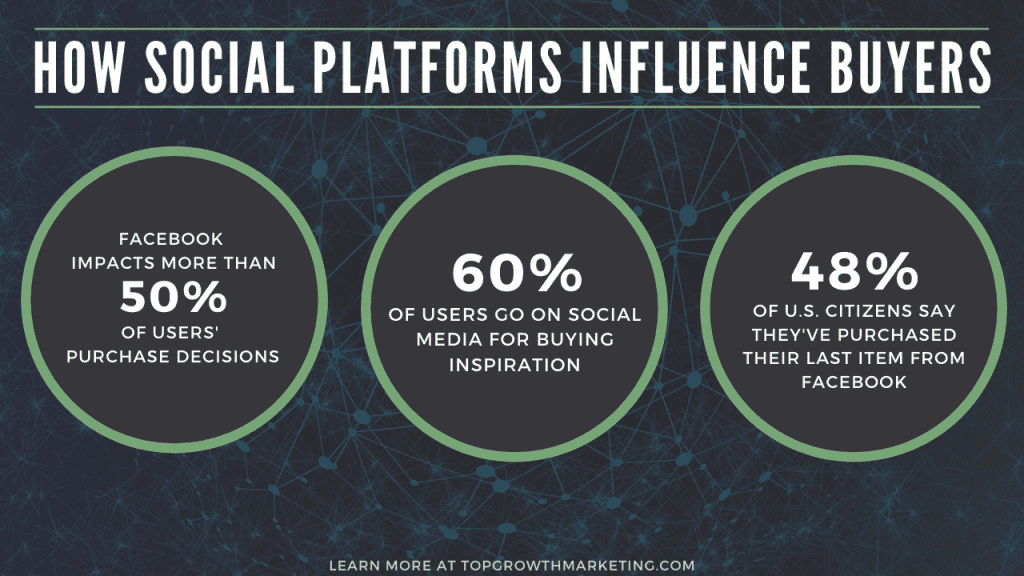


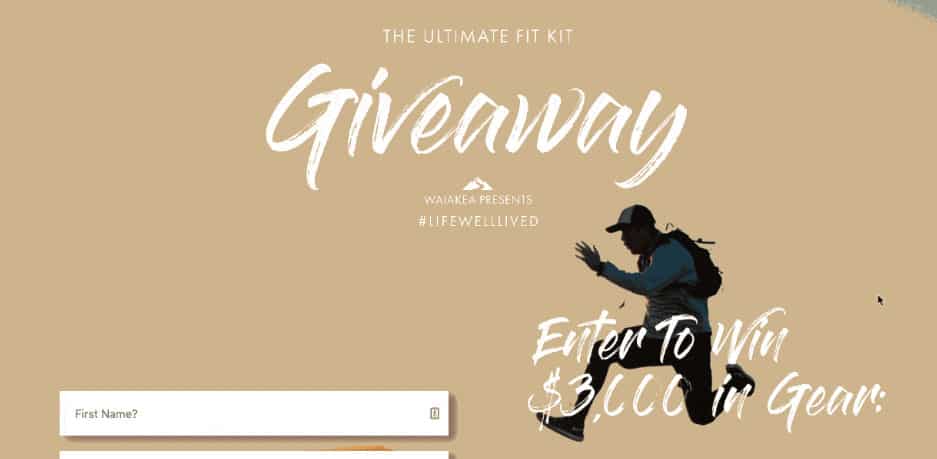


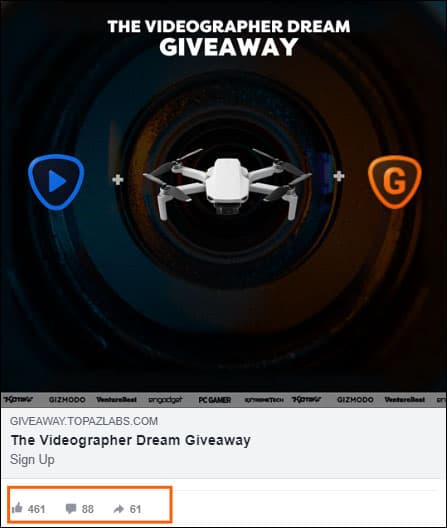



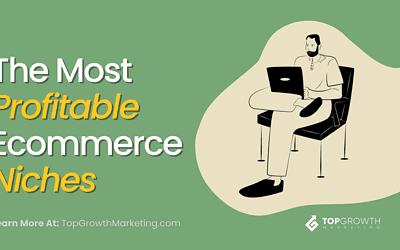
Nice!
Thanks! Glad you liked it!
Great article. Do you think leaving comments/gifs/reactions from trolls or negative feedback is helpful? Should you immediately block these people from engaging on your ad?
I’d encourage everyone to leave the negative comment. Especially if it’s constructive and genuine discontent. Then you can respond, apologize, try to make up for it or ask about the suggestions to improve. I think it humanizes your brand (we’re only human, we make mistakes, but we’re eager to improve) and it provides both validation and reliability.
Thanks for the feedback, appreciate it! And glad it helped 🙂